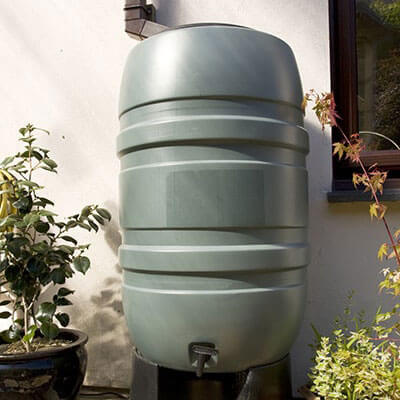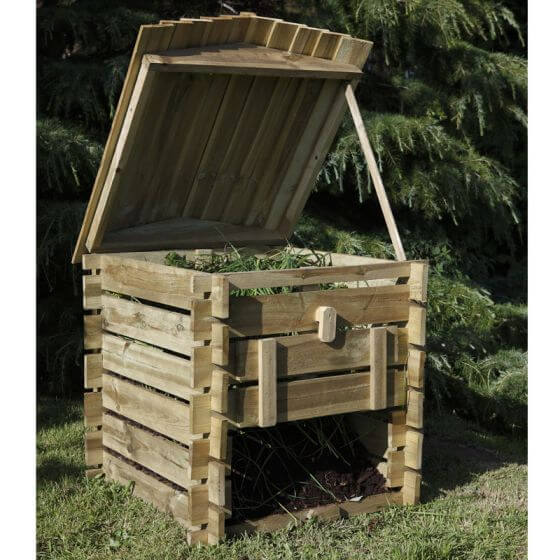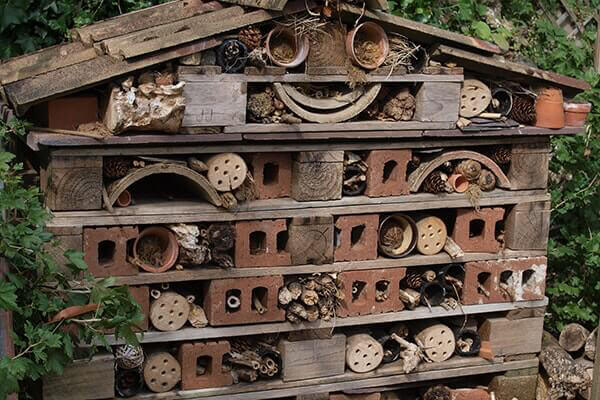
In this comprehensive guide to eco gardening, we scrutinise the principles of sustainable gardening, providing a step-by-step guide to eco-friendly practices. Explore how to create a thriving ecosystem, promote biodiversity, and incorporate carbon-absorbing plants to make your garden a green haven.
Discover the art of designing a sustainable garden while choosing eco-friendly plants that support nature's balance. Get inspired with creative ideas and embark on a journey towards a greener future with our eco-friendly garden ideas.
Eco gardening - an introduction
Eco gardening (also known as sustainable gardening) is a holistic approach to cultivating and nurturing green spaces that harmonise with nature and minimise environmental impact. This eco-conscious practice goes beyond aesthetics, emphasising the importance of creating thriving ecosystems that support biodiversity, wildlife, and the overall health of the planet.
In this guide to embracing eco gardening, we analyse the principles and techniques that empower gardeners to become stewards of the environment. From adopting organic gardening practices to conserving water and using renewable resources, eco gardening strives to strike a balance between human needs and nature's well-being.
Discover how to encourage wildlife in your garden by providing habitats and food sources for birds, butterflies, and beneficial insects. Explore the significance of biodiversity in gardens and its crucial role in sustaining the delicate web of life. We will also share eco-friendly garden ideas that inspire sustainability and creative solutions for sustainable design.
Embark on this journey towards a greener, more eco-conscious garden, and let nature's beauty and resilience thrive alongside your thoughtful and sustainable gardening practices.
The principles of sustainable gardening
Sustainable gardening is guided by a set of principles that prioritise environmental responsibility and aim to create a garden that harmonises with nature. This all becomes a reality through sustainable garden design and implementation.
Biodiversity
One fundamental principle is biodiversity, which emphasises the importance of cultivating a diverse range of plants and supporting wildlife to create a balanced and resilient ecosystem. By fostering a variety of native species, sustainable gardens contribute to the conservation of regional biodiversity and help protect native habitats.
Organic gardening
Another key principle is organic gardening, which promotes the use of natural and non-toxic methods to nurture plants and control pests. By avoiding synthetic pesticides and fertilisers, gardeners safeguard beneficial organisms, enhance soil health, and minimise chemical runoff that may harm the environment.
Water conservation
Water conservation is also a crucial aspect of sustainable gardening. By implementing water-efficient irrigation systems, collecting rainwater, and choosing drought-tolerant plants, gardeners minimise water usage and contribute to water conservation efforts.
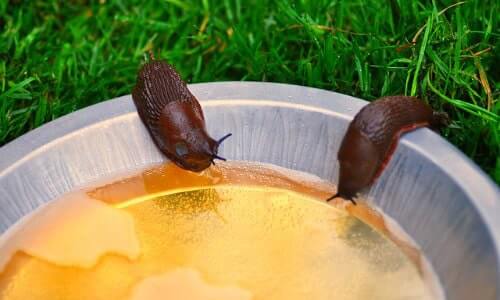

Composting
Composting is an essential practice in sustainable gardening, as it enables the recycling of organic waste to create nutrient-rich compost. This compost enriches the soil, reducing the need for chemical fertilisers and diverting organic waste from landfills, making it an environmentally friendly approach.
Soil health
Furthermore, prioritising soil health is a fundamental principle of sustainable gardening. Through techniques such as mulching, crop rotation, and cover cropping, gardeners improve soil fertility, prevent erosion, and create a healthier environment for plants and microorganisms.
Using renewable resources
Sustainable gardeners also embrace the use of renewable resources and sustainable materials. For instance, choosing reclaimed wood or using renewable energy sources reduces the garden's overall carbon footprint and supports eco-friendly practices.
Native plants
Incorporating native plants is another essential principle in sustainable gardening. Native plants are well-adapted to the local climate and require less maintenance, water, and resources, making them an eco-conscious choice that also supports regional biodiversity.
Wildlife friendly gardening
Creating wildlife-friendly habitats is also at the heart of sustainable gardening principles. By providing shelter, food, and water sources, gardeners attract and support a wide variety of birds, insects, and other beneficial wildlife, fostering a more balanced and natural ecosystem.
Pest management
Furthermore, integrated pest management (IPM) is a holistic approach to pest control that involves using natural predators, resistant plant varieties, and physical barriers to manage pests effectively without relying heavily on chemical treatments.
Waste reduction
Sustainable gardeners prioritise waste reduction by embracing the principles of the 3 R’s (reduce, reuse, and recycle). By minimising waste generation and finding creative ways to reuse materials in the garden, gardeners contribute to a more sustainable and environmentally friendly gardening practice.


Guide to eco-friendly gardening
Embracing eco-friendly gardening goes beyond the traditional approach, focusing on minimising negative impacts on the environment and fostering biodiversity and wildlife.
Discover how to create a thriving ecosystem by incorporating native plants that support local wildlife and attract pollinators. Explore water-wise gardening techniques, such as rainwater harvesting and efficient irrigation systems, to conserve precious water resources. We will explore the benefits of organic gardening, using natural methods to nurture plants and promote soil health.
With an emphasis on using renewable resources and sustainable materials, our guide will help you design a garden that aligns with eco-conscious principles. From choosing eco-friendly garden structures to employing integrated pest management techniques, this guide equips you with the knowledge and tools to embark on an eco-friendly gardening journey that enhances the natural beauty and balance of your outdoor oasis.
Encouraging wildlife in your garden
Creating wildlife friendly gardening is a key aspect of eco gardening, fostering a harmonious coexistence between humans and nature. By providing a welcoming habitat and essential resources, you attract a diverse array of wildlife, from butterflies and bees to birds and beneficial insects (such as bees, beetles, hoverflies, lacewings, and ladybirds).
Create a wildlife-friendly garden by planting a variety of native flowers, shrubs, and trees that offer food sources and shelter for different species. Incorporate water features like birdbaths or small ponds to provide essential hydration for birds and other animals.
Avoid using harmful chemicals and pesticides that harm wildlife, and instead, embrace organic gardening practices that support a healthy ecosystem. Install nesting boxes, insect hotels, and bat boxes to offer safe havens for wildlife to breed and roost.
By embracing wildlife friendly gardening, you contribute to the preservation of biodiversity and promote the balance of natural ecosystems. Observing these fascinating creatures up close brings a deeper connection to nature and enhances the beauty and vitality of your eco-friendly garden.
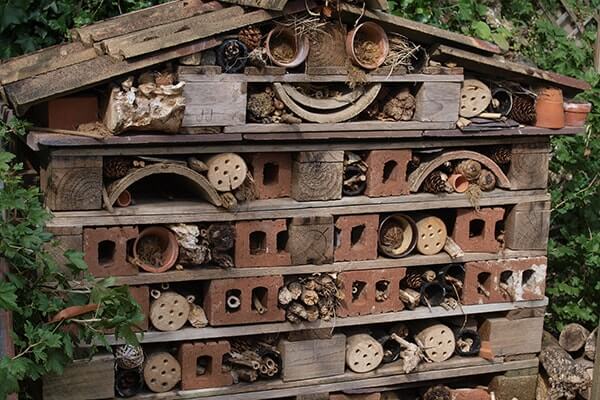

Biodiversity in gardens - why it matters
Biodiversity in gardens is a critical aspect of eco-friendly gardening that goes beyond aesthetic appeal. It involves creating a rich tapestry of plant and animal life within the garden, fostering a balanced and sustainable ecosystem.
Definition for biodiversity
This refers to the variety and abundance of living organisms within a particular ecosystem, encompassing all forms of life, from plants and animals to microorganisms. In the context of gardens, biodiversity is the presence of diverse plant and animal species, each playing a vital role in the intricate web of life. A biodiverse garden provides a balanced and resilient environment, supporting a wide range of beneficial interactions and contributing to the overall health and sustainability of the ecosystem.
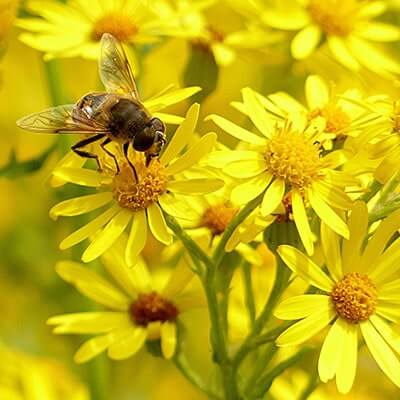

Why It Matters
Biodiversity in gardens is of paramount importance for several reasons. Firstly, a diverse array of plants attracts various pollinators like bees and butterflies, ensuring successful plant reproduction and bountiful harvests. Secondly, diverse plant species offer a variety of food sources for wildlife, encouraging a thriving community of birds, insects, and small mammals. Moreover, a biodiverse garden is more resilient to pests and diseases, as a complex ecosystem naturally regulate populations and reduce the risk of outbreaks.
Furthermore, gardens that prioritise biodiversity contribute to broader conservation efforts by providing sanctuaries for endangered and native species. They also act as stepping stones, allowing wildlife to move between fragmented habitats and maintain genetic diversity.
Biodiverse gardens enhance the overall beauty and ecological value of urban and suburban areas, promoting a sense of connection with the natural world and inspiring people to become stewards of their environment.
By embracing biodiversity in gardens, we support the delicate balance of nature, cultivate sustainable ecosystems, and play a crucial role in preserving the rich tapestry of life on Earth.
Six eco-friendly garden ideas to try
Enhance your eco-gardening journey with these practical and sustainable solutions that promote environmental consciousness and nurture a thriving garden oasis. Here are six ideas to try:
- Bee-friendly garden - create a bee-friendly garden by planting bee-attracting flowers and providing nesting sites, contributing to pollinator conservation and the health of ecosystems
- Composting - set up a composting system to recycle kitchen scraps and garden waste into nutrient-rich compost, enriching the soil and reducing organic waste sent to landfills
- Native plant landscaping - opt for native plants in your garden, as they are well-adapted to the local climate and require less water and maintenance, supporting local wildlife and biodiversity
- Natural pest control - implement natural pest control methods like companion planting, introducing beneficial insects, and using homemade organic sprays to minimise the need for harmful chemical pesticides
- Permeable paving - choose permeable paving materials for paths and driveways, allowing rainwater to infiltrate the ground, minimising runoff, and preventing water pollution
- Rainwater harvesting system - install rain barrels or a rainwater harvesting system to collect and store rainwater, reducing the need for municipal water and conserving this precious resource
Sustainable garden design
Through thoughtful planning and eco-conscious choices, sustainable garden design creates a harmonious and environmentally friendly outdoor space. It revolves around principles like water conservation, biodiversity promotion, and reduced environmental impact.
Incorporating native plants, rainwater harvesting systems, composting, and chemical-free pest control are some key elements. Sustainable garden design aims to minimise waste, conserve resources, and provide habitat for wildlife, supporting a thriving ecosystem. By embracing sustainable practices, gardeners create a beautiful and resilient outdoor haven that benefits the environment, enhances biodiversity, and fosters a deep connection with nature.
Choosing eco-friendly plants
When choosing eco-friendly plants, opt for native species that are well-suited to your region's climate and require minimal water and maintenance. Avoid invasive plants that harm local ecosystems and prioritise those that attract pollinators and support biodiversity.
Consider planting perennial varieties to reduce the need for replanting each season and select disease-resistant options to minimise the use of chemical pesticides. By making mindful choices, you create a sustainable and eco-friendly garden that thrives in harmony with nature.
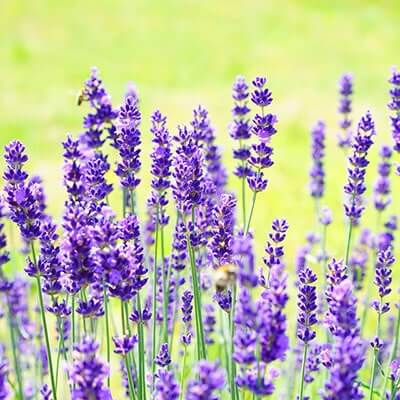

Carbon absorbing plants - what to know
Here we discuss the remarkable role of carbon absorbing plants in mitigating climate change and learn which ones are ideal for your garden.
What are carbon absorbing plants?
Carbon absorbing plants, also known as carbon-sequestering plants, capture carbon dioxide from the atmosphere during photosynthesis and convert it into oxygen and organic carbon compounds. These plants play a crucial role in offsetting carbon emissions and are vital in the fight against climate change.
Which plants to buy?
Ideal carbon absorbing plants to buy in the UK include - azalea, bamboo, boxwood, cherry laurel, chrysanthemum, dianthus, elder, forsythia, geranium, hibiscus, hydrangea, iris, ivy, jasmine, lavender, lilac, magnolia, nasturtium, orchid, peony, quince, rhododendron, snapdragon, tulip, and verbena.
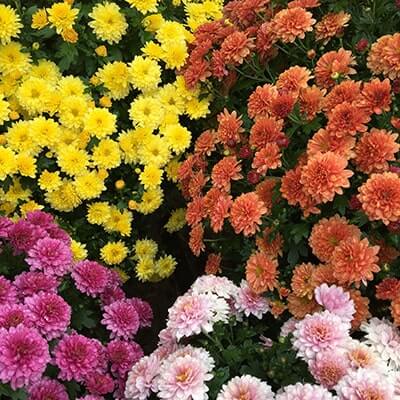

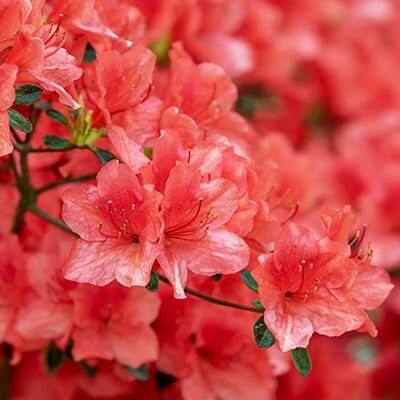

Summary
We hope you have enjoyed our comprehensive guide to creating an eco-conscious garden that harmonises with nature and promotes sustainability. We have learned about the principles of eco gardening, such as biodiversity, organic practices, and water conservation.
We have also discovered how to encourage wildlife friendly gardening, embrace native plants, and incorporate renewable resources. We have explored eco-friendly garden ideas and learned about sustainable garden design and provided ideas to choose eco-friendly plants that support the environment.
It is over to you now to uncover the significance of carbon-absorbing plants in combating climate change. Why not join a journey towards a greener future and transform your outdoor space into a thriving, eco-friendly oasis?
Contact information
Shedstore, hope you have enjoyed learning about eco-friendly gardening practices, biodiversity promotion, and carbon-absorbing plants and more! For expert advice and general enquiries, contact us via phone at 0333 003 0518, by completing our contact page form, or through our live chat app.





